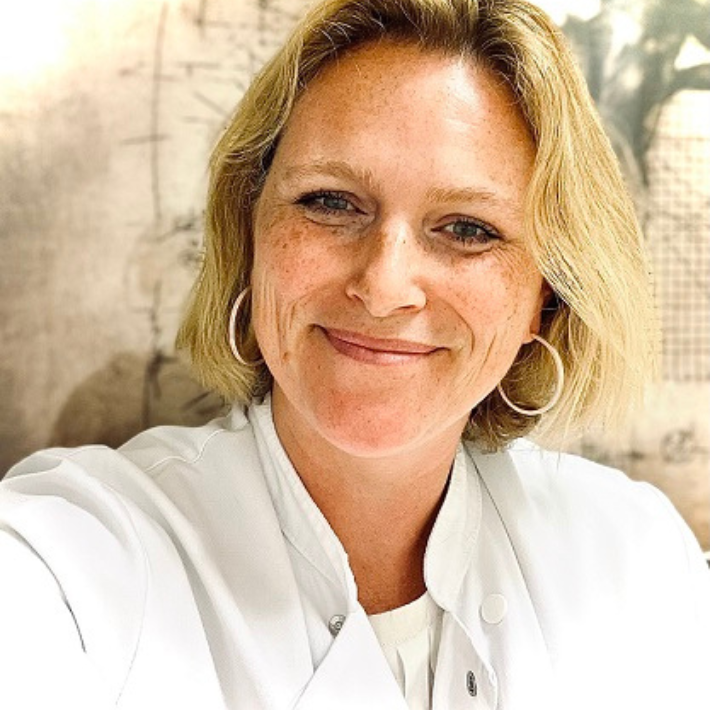Large European grant for the database for rare endocrine and bone disorders
&width=710&height=710)
European Reference Networks (ERN)
30 million people in Europe have a rare disease. Because of their rare or complex disease, these patients often do not have access to specialist care close to home. The European Union therefore joined forces with doctors and patients to create the European Reference Networks (ERN).
The ERNs are virtual networks connecting nationally recognized centers of rare diseases. Both researchers, medical experts and patients are connected to the ERNs with the aim to improve access to diagnosis and treatment for rare diseases within Europe. To this end, ERNs share their expertise, resources and knowledge.
EuRREB registry
The LUMC participates in fifteen ERNs. In addition, under the leadership of LUMC internist-endocrinologist Professor Natasha Appelman-Dijkstra and pediatric endocrinologist Professor Faisal Ahmed (University of Glasgow and LUMC), the LUMC is responsible for the EuRREB registry, a database for rare endocrine and bone diseases.
The EuRREB registry consists of two parts: the e-REC and the Core Registry. Appelman-Dijkstra: “The e-REC is the electronic registry that registers the number of new patients with a rare endocrine disorder or bone disease within Europe. This registration provides us with insight into the quantity, distribution and any trends within the patient populations. The Core Registry tracks patients over a long period of time. The Core Registry is set up in a way that the same basic data are recorded for each patient. For eleven rare diseases, additional modules have been developed in which additional information can be collected.”
1.7 million euros from the European Commission
In recent years, the focus has been on making the registry website more accessible and user-friendly. Meanwhile, more than 40,000 patients from 100 centers spread over 30 countries (also outside the EU) are registered in the EuRREB registry. Most of the awarded grant will be used, together with experts and patients, to further develop the registry.
“In the coming years, we are going to add additional modules to the registry. For example, we are going to build a module in which we will register for certain diseases the type of treatment, any complications and the outcomes of the treatment. Another example is a module for pregnancy that will look at the phases before, during and after pregnancy from both the mother's and baby's perspective. In addition, Prof. Olaf Dekkers, internist-endocrinologist and epidemiologist, will develop clinical guidelines for rare endocrine diseases. These guidelines are intended to standardize patient care within Europe so that every patient receives the same and best care. In addition, the standards can be used as guidelines for data collection in the registry,” Appelman-Dijkstra said.
Share, Care, Cure
The biggest advantage of the registry is the upscaling. Appelman-Dijkstra: “Whereas within the Netherlands there may be only 20 patients for a particular rare disease, within Europe there may be 200. Within the ERN network, we regularly consult with international experts about our patients. We discuss whether there are additional tips for the right diagnosis or treatment. At the LUMC, for example, a study is underway on the best way to treat pain in the rare disease Fibrous Dysplasia. A Belgian doctor had heard about this through the ERN network and referred a patient to participate in this LUMC study. So we not only exchange data but also share our expertise and facilities. As a result, we are accelerating and standardizing the process of diagnosis and treatment of patients with rare endocrine and bone disorders. And we are very proud of that.”
Video explaining the European Reference Networks
